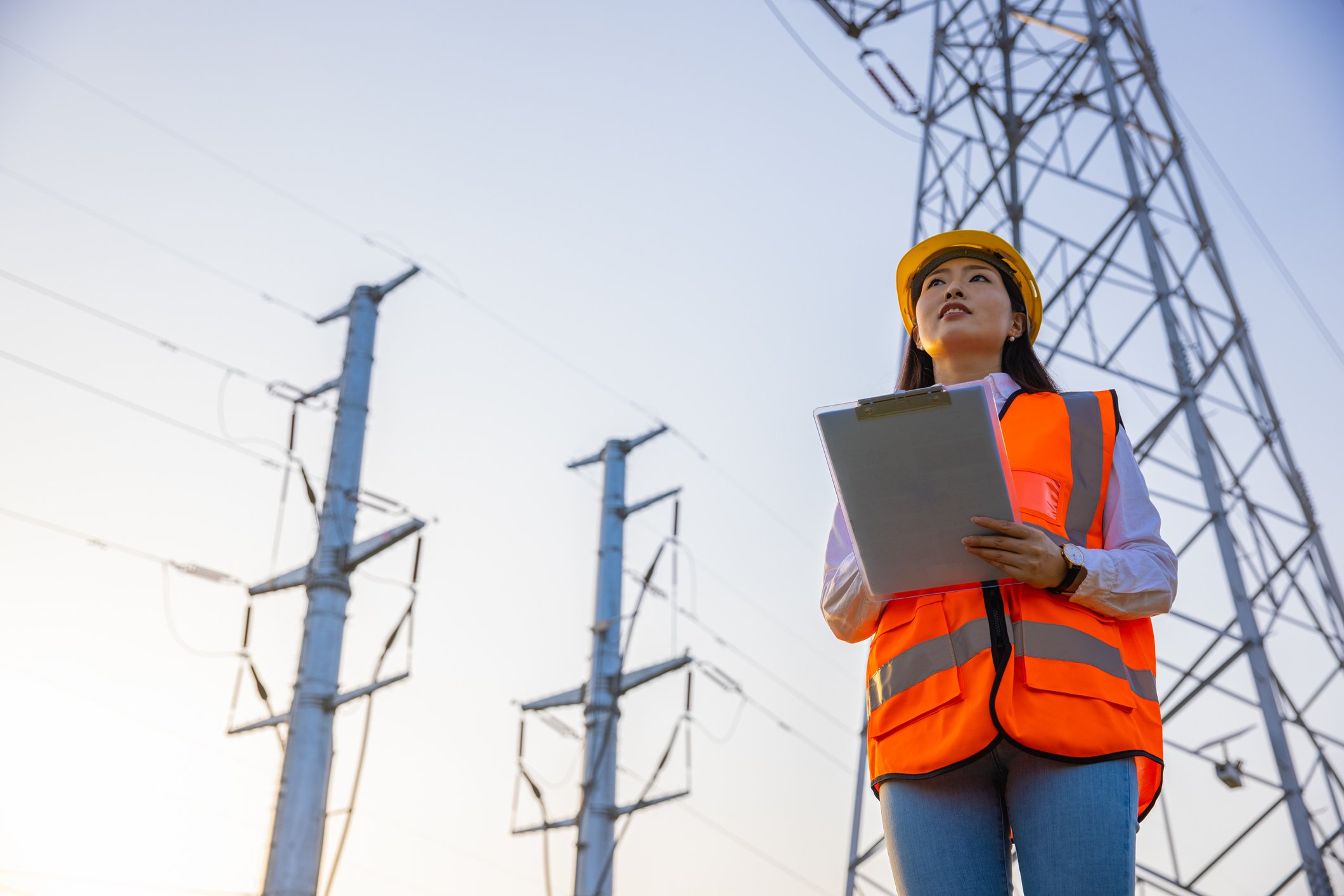
Image source: Getty Images.
In the world of solar, this week was about as slow as it gets. No one went bankrupt, there were no mergers, and very few stocks made major moves.
But there was still a lot of news that could have a long-term impact on the industry. And investors will want to keep an eye on whether or not this week's news items become trends.
Florida votes for solar
As utilities across the U.S. start to put barriers on rooftop solar, some states are moving to ballot initiatives to get more access to sunshine. Florida is a key battleground in 2016 and passed the first test with flying colors.
Nearly 2 million people in Florida voted yes on Amendment 4 on Tuesday, which will keep solar systems from being added to property taxes for businesses. At 72% of the vote, that's more votes than either Senate candidate received and over the 60% needed to pass.
This vote comes ahead of an even more important ballot measure in November that would block solar leasing, a financing model used by SolarCity (SCTY +0.00%), Vivint Solar (VSLR +0.00%), and Sunrun (RUN 0.16%) to install solar panels. More than two-thirds of solar systems are installed with solar leases today, and that's made it difficult to build any sort of solar market in Florida. And the model will be blocked altogether if the measure passes in November.
The good news is that loans are becoming more common, and all three companies I mentioned above are starting to move toward a loan model. If a homeowner owns their solar system, it wouldn't violate the measure blocking third-party leasing, so there's at least a workaround. For now, it's good for solar companies that consumers are voting heavily for solar.

Image source: Getty Images.
"Solar plus storage" is gaining ground
Energy industry observers have long thought, and hoped, that solar energy and energy storage would eventually be a standard offering to utilities and homeowners. Slowly, the industry may be moving in that direction.
In July, SunPower (SPWR +0.00%) signed a deal to provide islands in the French West Indies and Cirsica with 39 MW of solar plus storage. This week, India issued a tender for 200 MW of solar plus storage, with blocks of 50 MW of solar and 2.5 MWh of energy storage each.
As the cost of solar and energy storage comes down, it will make more and more sense for customers large and small to put the two energy components together. Energy production can be smoothed out, backup can be added for businesses, and there's even an opportunity to move daytime solar energy to nighttime hours. Look for more of these kind of tenders in the future, which will help grow the solar market overall.
Investment bank goofs on SolarCity valuation
One of the more comical moments of the week was news that investment bank Lazard made a $400 million mistake when it valued SolarCity for Tesla Motors. The original valuation put SolarCity's value at $14.75 to $34.00 per share. After the mistake was corrected, the model put the value at $18.75 to $37.75 per share.
Investment bank valuation models are basically an "insurance policy" for boards of directors, who want a third party to "verify" that they're not overpaying for a company. And as you can see in the range Lazard provided, there's a not a definitive answer from the investment bank as to what management should pay. A massive range is good enough.
If you want to know how important these valuations are and how seriously they're taken by management, Tesla Motors and SolarCity didn't have any reaction to the news that the valuation was $400 million off. The merger is currently due to go forward as planned with zero change in SolarCity's value. It makes me wonder, how big of a mistake can an investment bank make before it really matters to companies involved in a merger?
Expect fireworks in solar this fall
As we close the books on summer, solar companies have a busy few months ahead. There's going to be a rush to finish projects that are contracted to be completed before the end of the year, and companies like SolarCity, Vivint Solar, and Sunrun will have to pick up their sales pace to meet full-year expectations.
At the same time, investors will want to watch how financing trends evolve. There's been evidence that interest rates on debt for solar companies are rising and that system prices are dropping. Both are bad news across the board for solar, and if they don't improve, it could be a rough end to the year heading into an even more challenging 2017.







